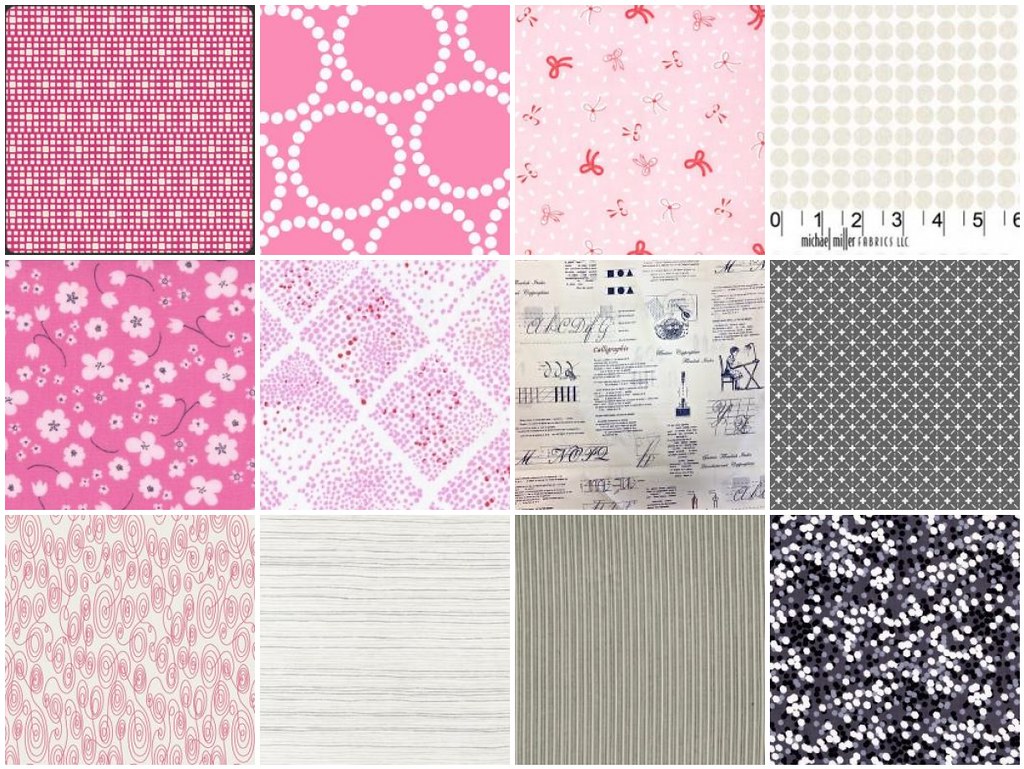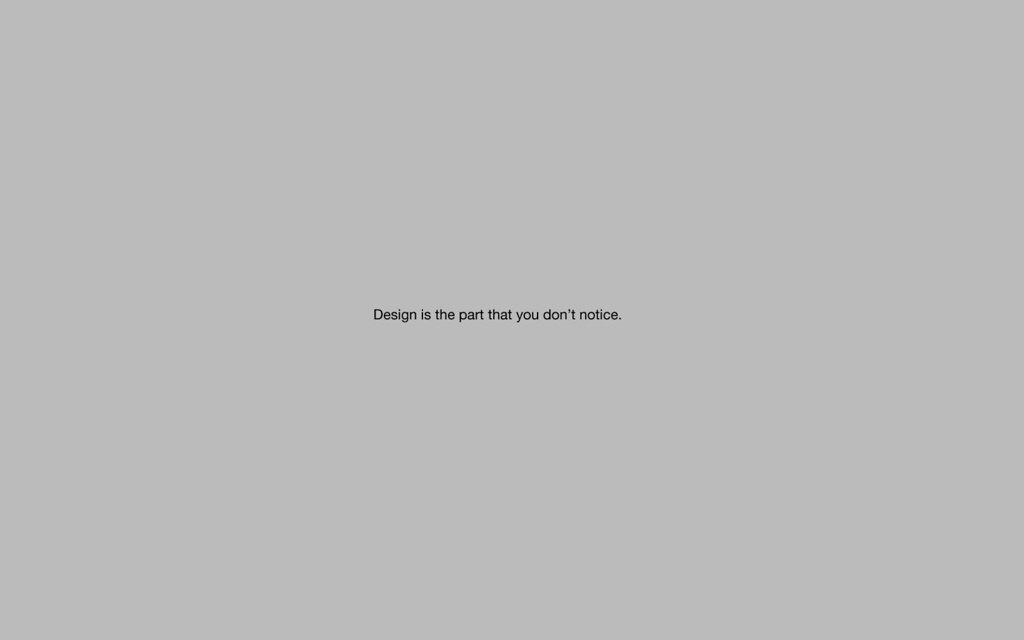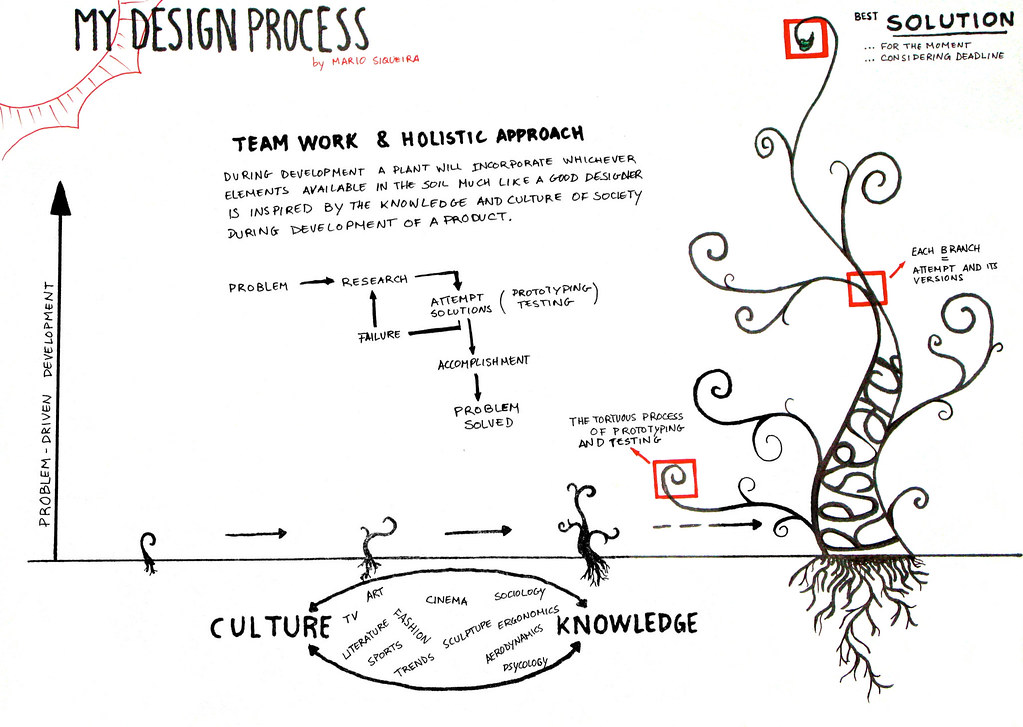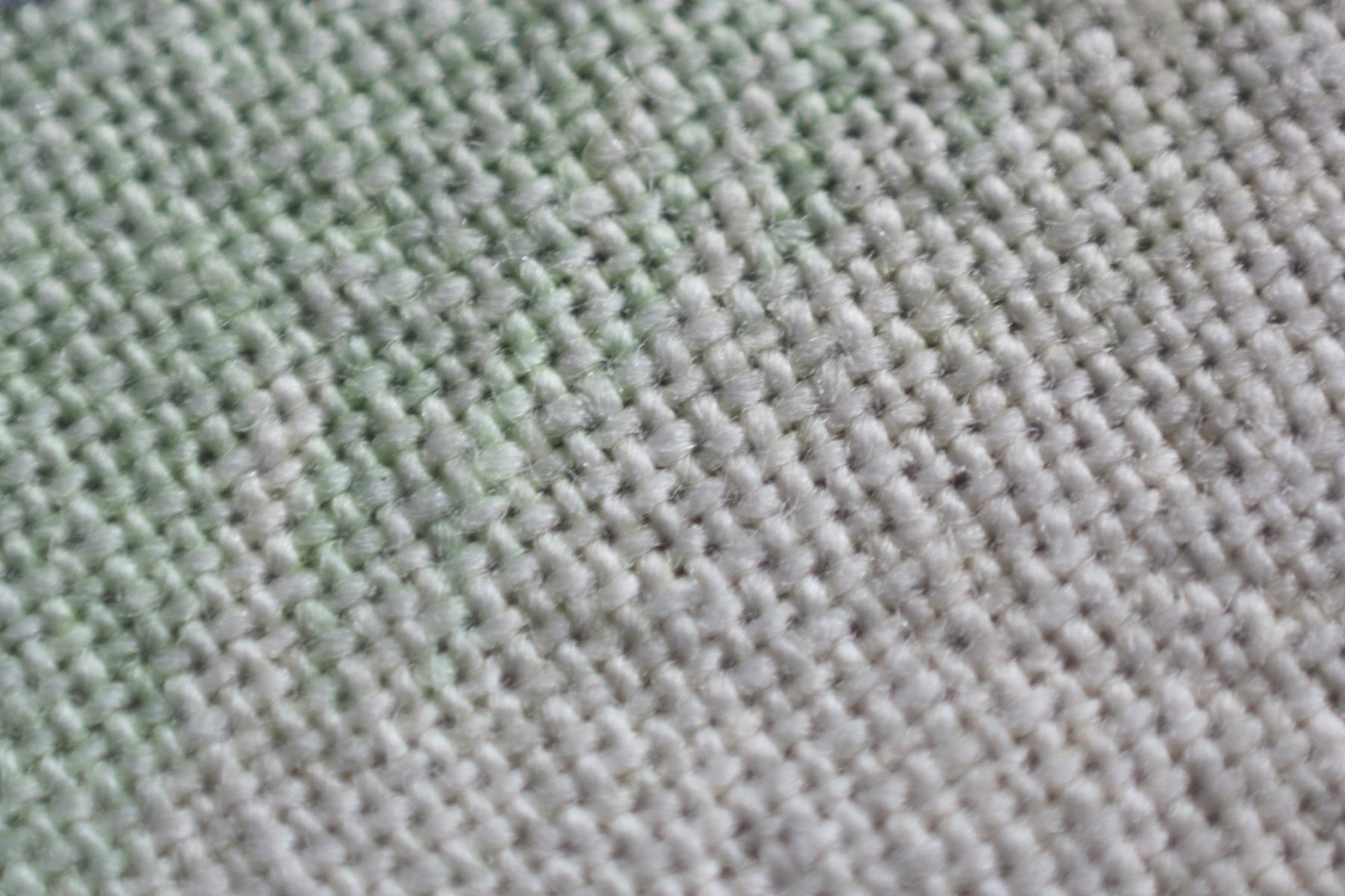What is Textile Texture?
Textile texture refers to the surface characteristics of a textile material, such as its weave, knit, and surface design. The texture of a textile can have a significant impact on the aesthetic and functional properties of a finished product. In the world of design, textile texture is an important consideration that can make or break a design. Here’s a closer look at the importance of textile texture in design:
The Importance of Texture in Textile Design
Texture plays a vital role in textile design. It can influence the way a textile drapes, feels, and looks. For example, a rough texture can create a rustic or natural look, while a smooth texture can create a sleek and modern look. Texture can also influence the tactile experience of a product, making it more enjoyable to touch and interact with. In addition, texture can affect the functionality of a product. For example, a rough texture can provide increased friction, making it less likely to slip or slide.
Types of Textile Texture
There are many different types of textile texture, including:
- Woven texture
- Knitted texture
- Embroidered texture
- Printed texture
- Surface texture
Each type of texture can be used to achieve a different look and feel, and can be combined to create more complex textures.
Now that we’ve explored what textile texture is and why it’s important in design, let’s dive into how it can be used to elevate design.
Using Textile Texture in Design
Textile texture can be a powerful tool when it comes to design. Here are some ways in which texture can be used to elevate design:
Adding Dimension and Depth
One of the most significant benefits of incorporating textile texture in design is the way it can add dimension and depth to a product. Texture can create visual interest and add a tactile quality that makes a product more engaging and memorable.
Creating Contrast
Texture can also be used to create contrast in design, which can help to highlight specific elements of a product. For example, a smooth texture can be used to draw attention to a textured element, making it stand out.
Enhancing Brand Identity
Texture can also play a crucial role in brand identity. By utilizing specific textures, brands can create a unique and recognizable visual language that sets them apart from their competitors.
Tips for Using Textile Texture in Design
Here are a few tips for effectively incorporating textile texture in design:
- Don’t be afraid to mix and match different textures and patterns to create a unique look.
- Consider how the texture will affect the functionality of the product. For example, a rough texture may be less suitable for clothing that comes into contact with the skin.
- Use texture to direct the viewer’s attention to specific elements of the design.
- Experiment with different textures to find the perfect fit for your design.
Now that we’ve explored the benefits of incorporating texture in design, let’s take a closer look at some real-life examples of textile texture in design. For instance, textures.com offers a wide range of fabric textures suitable for 3D, graphic design, and Photoshop. Additionally, poliigon.com provides photorealistic and high-resolution 3D fabric textures suitable for interior visualization, product design, and character rendering. These advanced CG texture libraries showcase a variety of fabric textures sorted by type and color.

The Best Sites to Find Textile Textures Online
There are numerous online resources if you’re looking for high-quality textile textures. Here are some of the best locations to find textile textures:
For Textile Textures, Free sources
There are a number of free online sources for textile textures if you’re on a tight budget. The most well-liked choices include:
- Freepik.com: This website offers a collection of high-resolution fabric texture images that can be used for both personal and commercial projects.
Unsplash.com is a website that offers a wide variety of free fabric texture images that can be used for any purpose, including [Unsplashing.com] at [unsplash.
Textile Textures’ Paid sources
There are many paid sources for textile textures online for designers looking for more sophisticated and premium options. The most well-liked options are listed below:
- Textures.com: Using the comprehensive library of fabric textures available for 3D, graphic design, and Photoshop, textures.com can be found.
Poliigon.com is a website that offers photorealistic and high-resolution 3D fabric textures suitable for interior visualization, product design, and character rendering.
You can find something that suits your unique needs from each of these sources because they all offer a wide range of textures, hues, and styles. There are many resources online for finding the ideal textile texture for your project, regardless of whether you’re looking for something for free or willing to pay for premium options.

The Importance of Textile Texture in Various Industries
Not only is texture crucial for design, but it also plays a significant role in a variety of sectors. Let’s examine the texture’s application in various fields more closely:
Fashion Industry
In the fashion industry, texture plays a crucial role. A design can be elevated and made more visually appealing with the right texture, and it can also affect how a piece of clothing feels against the skin. From soft and silky to rough and rugged, designers use a wide variety of textures to produce distinctive and memorable pieces.
The Interior Design Industry is a Powerful Tool
In the interior design sector, texture is crucial. A room’s atmosphere can be influenced by texture, which can add visual interest and depth. For instance, a plush rug or soft throw pillow can make a room feel cozier and more inviting, whereas a rougher texture can produce a more rustic or industrial atmosphere.
Automotive Industry
The automotive sector also benefits from texture. The right texture can give a car’s interior a opulent feel or it can be used to loosen up the car’s exterior. A distinctive and recognizable visual language for a particular brand can be made using texture as well.
Medical Industry
For producing goods that are secure and efficient, texture is crucial in the medical sector. For medical equipment that needs to be held securely, textured surfaces can offer better grip. In medical settings, textured materials can also aid in avoiding slips and falls, which can be especially crucial in locations where spills are most likely.
In design and a variety of industries, texture is a truly adaptable and crucial element. Designers and businesses can produce goods that are both functional and aesthetically pleasing by using the appropriate texture in the right place.

Add Textile Texture to Your Designs to Improve Their Quality
From fashion to interior design to automotive and medical, texture is a potent tool for designers in a variety of industries. You can improve visual interest, depth, and functionality by incorporating the appropriate texture into your designs. There are countless online options for selecting the ideal textile texture for your project, regardless of whether you’re using free or paid resources. The following are a few important takeaway from this article:
- Texture can give your designs dimension, contrast, and brand identity.
- For finding top-notch textile textures online, there are numerous free and paid sources.
- Texture is essential in a wide range of industries, such as fashion, interior design, automotive, and medical.
- You can produce goods that are both functional and aesthetically pleasing by placing the right texture in the right place.
We sincerely hope that this article has given you insightful knowledge of the world of textile texture and how it can be applied to elevate your designs. For more advice on design and creativity, be sure to check out our other excellent content!
Questions
What is textile texture and why is it important in design?
Textile texture refers to the surface quality of a fabric and is crucial for creating visually interesting and functional designs.
Who can benefit from using textile textures in their designs?
Textile textures can benefit designers in various industries, from fashion to interior design to automotive and medical.
How do I find the right textile texture for my project?
There are many free and paid sources for finding textile textures online. Consider the color, pattern, and texture type when choosing.
What if I can’t afford to pay for premium textile textures?
There are many free sources for textile textures online, and some paid sources offer free samples or lower-priced options.
How can I use textile texture to create a unique brand identity?
By incorporating a specific texture into your brand’s designs, you can create a recognizable visual language and stand out from the competition.
What if I’m not sure how to use textile texture in my designs?
Experiment with different textures and consult with other designers or industry experts for inspiration and advice.
